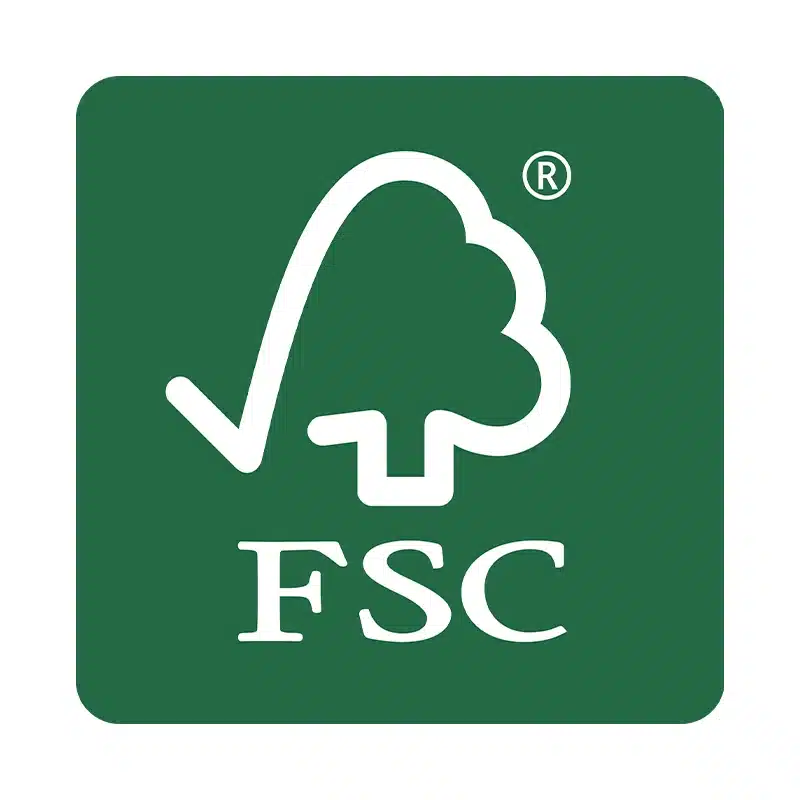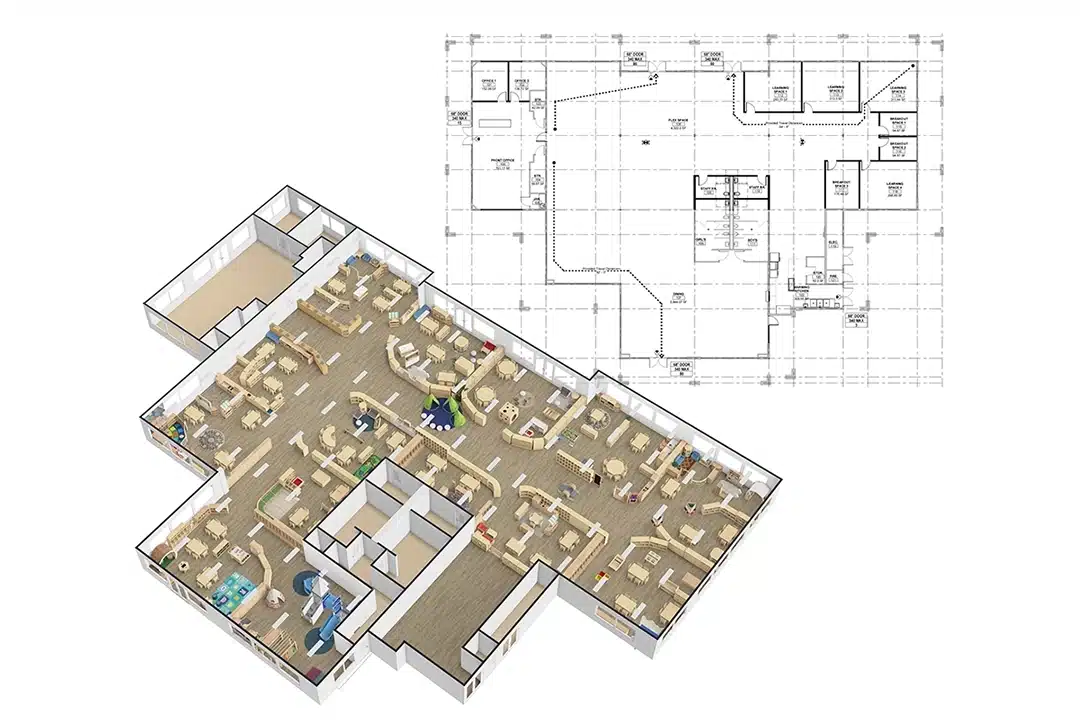
Music Toys for Early Childhood
Our music toys are thoughtfully designed to support early childhood development through rhythm, sound, and movement. From percussion instruments and rhythm kits to melodic toys and sound blocks, each item promotes early childhood development through play-based learning. Our musical toys meet early learning goals and comply with international safety standards. Crafted from safe, durable materials, these toys help children build foundational skills while enjoying hands-on musical play.
































































